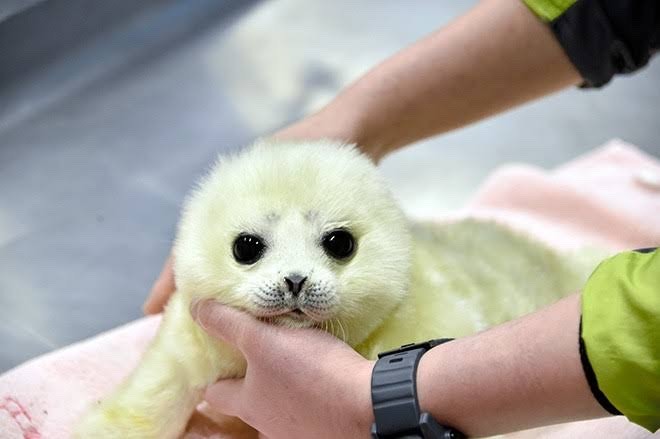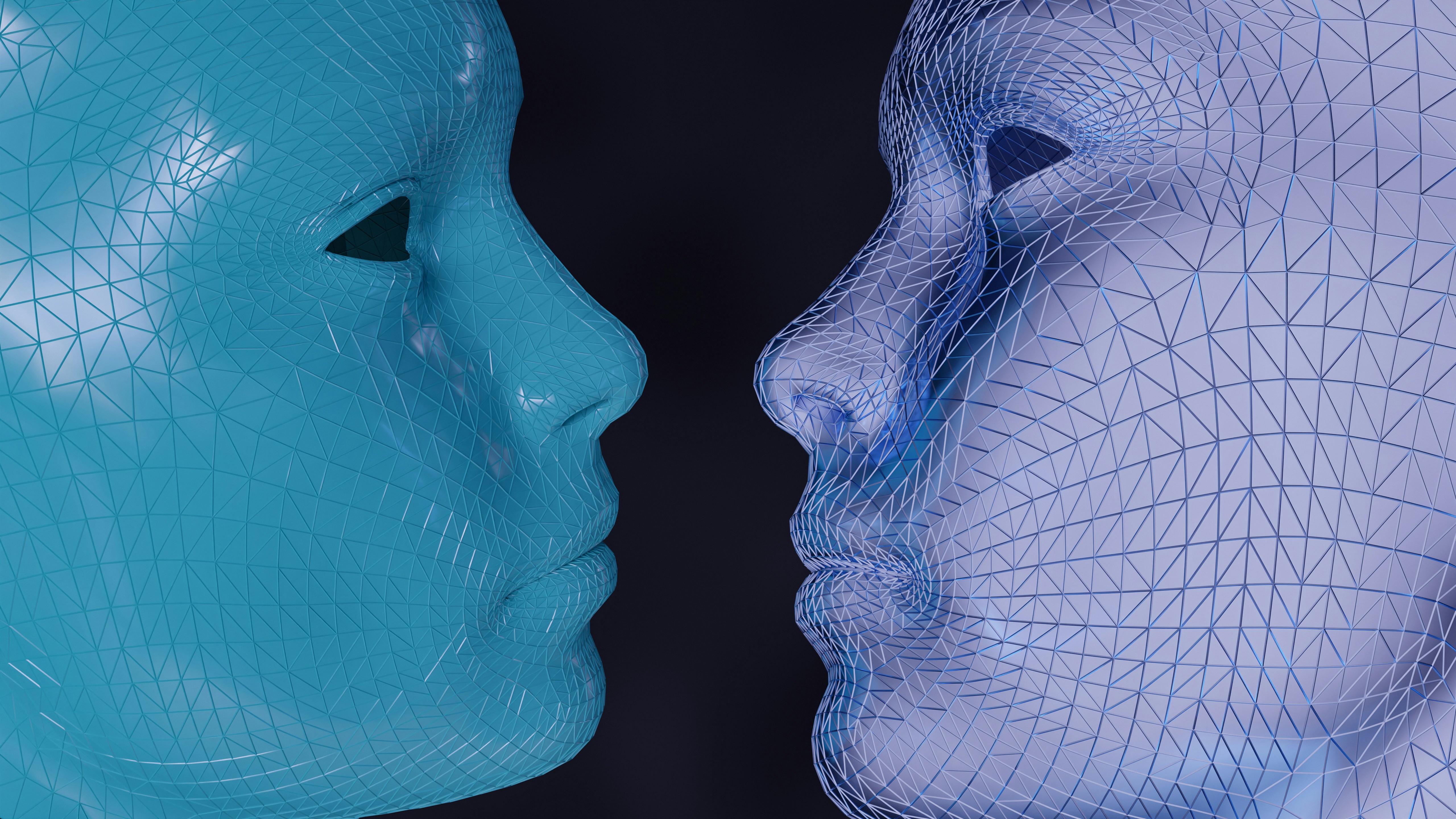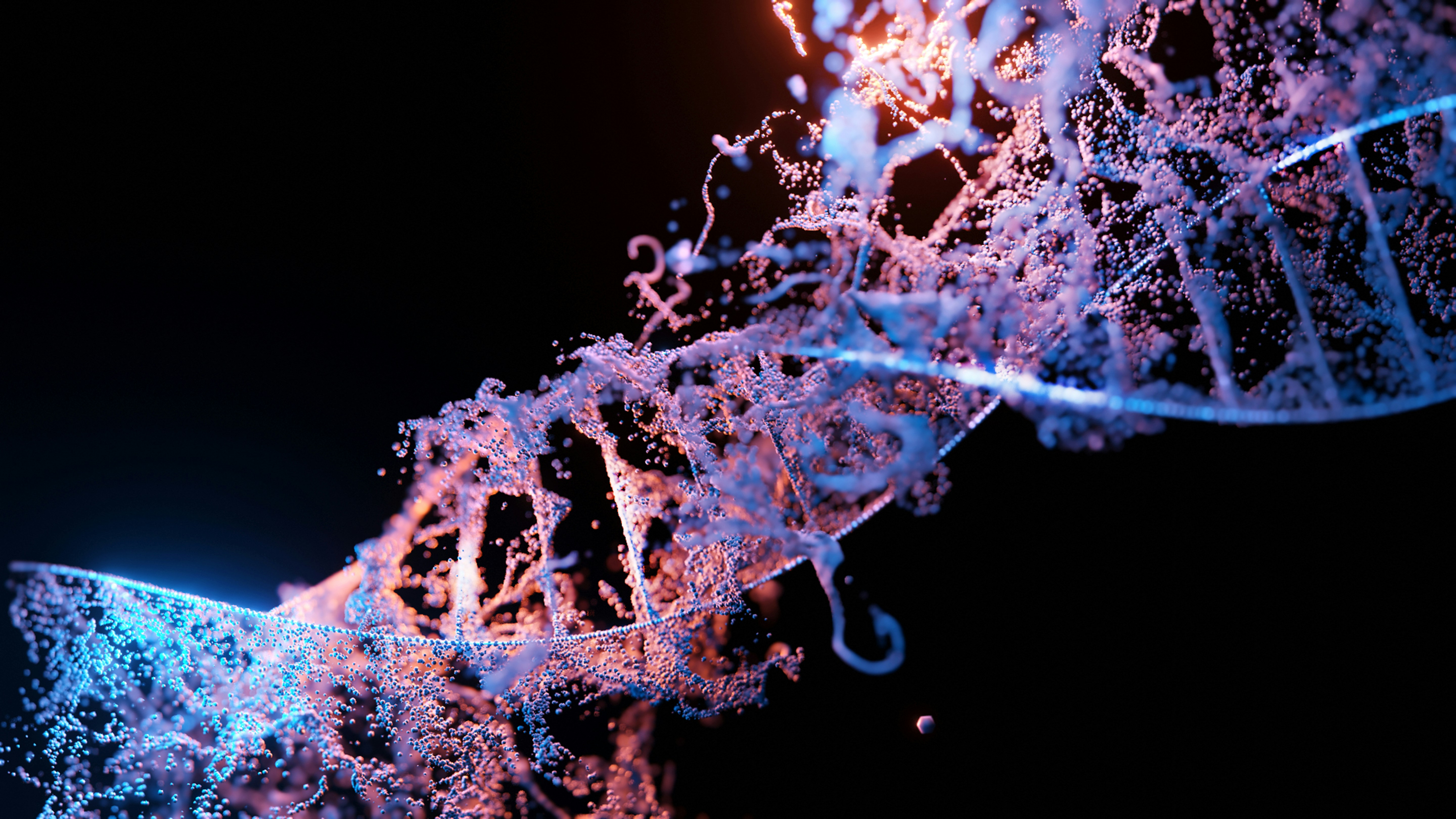Mizore the Seal

Mizore the seal born in the Osaka Aquarium. The seal pup was abandoned by his mother, but would survive due to the intervention of aquarium staff. The staff at Osaka Aquarium had to teach Mizore how to swim and eat food, and videos of his progression would later go viral on the internet. It became inevitable that a strong bond would form with Mizore and the staff at Osaka Aquarium. On October 23rd, Mizore was moved to Otaru Aquarium. The reason behind the choice to move him was odd to most as it was said Mizore was sent to Otaru so he could participate in their breeding program, but Mizore had only just turned 3 years old and male ringed seals normally mate at 7 years. Once moved to Otaru, Mizore was put in a small cube enclosure isolated by himself. Those that visited Mizore at Otaru said that he mostly just sat around and scratched at the walls. According to Otaru Aquarium’s blog post, Mizore started refusing food in early June, a sign that an animal is stressed, and he would later pass away on June 19th likely due to a lack of stimulation and loneliness. Many people are heartbroken over Mizore’s passing, mentioning that his death would never have happened if he stayed at Osaka Aquarium.
AI Training Itself on AI Generated Content

AI is flooding the internet in a multitude of different frontiers. AI generated text for restaurant reviews, social media posts, and even news articles can all be found on the web. It’s becoming increasingly difficult to escape from and is relatively hard to pick out from content humans produce. Its camouflage on the web is leading to more AI models being trained on— well other AI models. As the New York Times says, it creates an unintentional feedback loop “in which what was once the output from one A.I. becomes the input for another.” On the same article, the New York Times showcases an example of this phenomenon, a group of numbers handwritten by a person is taken and replicated by AI, it churns out a product that is quite plausible at first glance but take a closer look and you’ll find small mistakes. If you then take that output and plug it back into AI, suddenly there are more mistakes, and if you escalate this further, say thirty times, you get a sheet that is completely unreadable. AI is really good at imitating human behavior, but without a reliable way to distinguish AI-generated content from human-created work, its future could be at risk
Genome Editing & CRISPR-Cas9 Case

Genome editing is technology that lets scientists alter an organism’s DNA. These technologies allow for scientists to add, remove, and alter specific segments of the genome. There are several methods and approaches to genome editing, one such method called CRISPR-Cas9 is currently deemed the most simplest and precise method of genome editing. This method was cultivated from a naturally occurring system that bacteria uses as a part of their immune defense. When infected by a virus, bacteria takes small pieces of the viruses’ DNA and inserts it within its own DNA in a certain pattern called the CRISPR arrays. These CRISPR arrays enable bacteria to remember the viruses and aid in producing RNA segments that can identify and bind to specific regions of the viral DNA. Then Cas9 or a similar enzyme is used to cut the DNA apart, disabling the virus. Scientists have adapted this method to edit DNA, hoping to aid in the treatment and prevention of hereditary human diseases. In 2019, a Chinese scientist, He Jiankui, adopted the CRISPR-Cas9 method to rewrite DNA of human embryos in couples in which the male was a carrier for HIV. He used the gene-editing method to make the children, twin sisters named Lulu and Nana, immune to HIV. He was later sentenced to three years in prison but still defends his work despite the widespread backlash and criticism he has received. While the idea of using genome editing to help prevent diseases from being passed down seems at first just, will this open the gates for gene editing for the purposes of controlling appearance, for example the height or the color of a baby’s eyes?